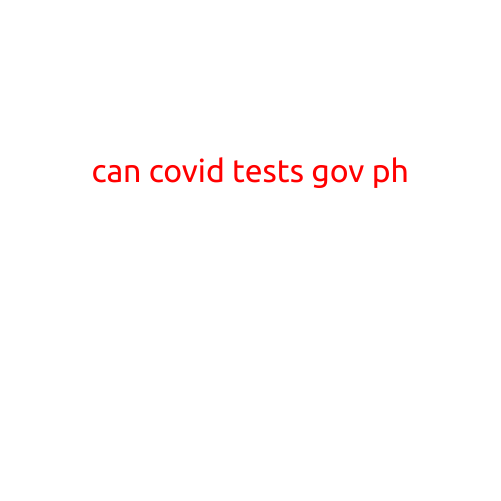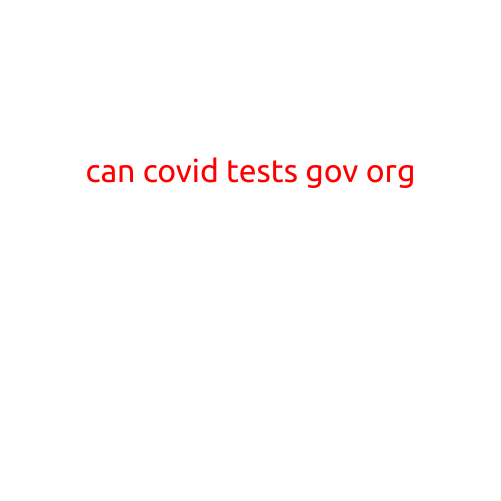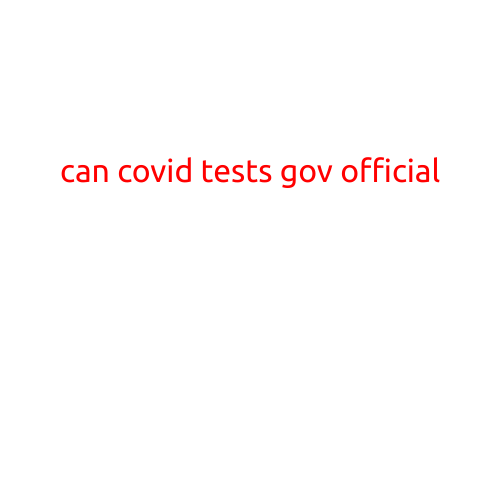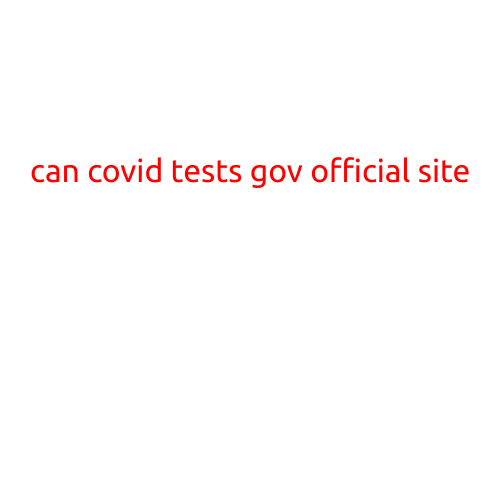
Can COVID-19 Tests Be Priced Lower Than $100?
The COVID-19 pandemic has brought about a significant increase in the demand for diagnostic tests, with many countries facing shortages of testing supplies and rising costs. Despite the ongoing efforts to address these challenges, the price of COVID-19 tests remains a major concern for many individuals and healthcare systems. One pressing question is whether COVID-19 tests can be priced lower than $100, and if so, what would be the impact on public health and the economy.
Current Challenges in COVID-19 Testing
The COVID-19 pandemic has placed an extraordinary burden on healthcare systems worldwide, with many countries struggling to meet the demand for testing. The shortage of testing supplies, including swabs, reagents, and equipment, has contributed to the rising costs of COVID-19 tests. Additionally, the complexity of testing protocols, quality control measures, and sample handling procedures have added to the overall expense.
Current Pricing of COVID-19 Tests
The current pricing of COVID-19 tests varies widely depending on the type of test, location, and healthcare provider. In the United States, for example, the Medicare reimbursement rate for a COVID-19 test is around \(51.69, while private insurance providers often cover the full cost of the test, with some plans offering discounts or co-payments. However, for individuals without insurance or those who require additional testing, the cost of a single COVID-19 test can exceed \)100.
Can COVID-19 Tests Be Priced Lower Than $100?
In theory, it is possible to reduce the cost of COVID-19 tests to below $100. Several factors would need to be addressed, including:
- Manufacturing costs: Reducing the cost of production would be essential to achieving a lower price point. This could be achieved through economies of scale, efficient manufacturing processes, and reduced labor costs.
- Quality control measures: Simplifying quality control measures and reducing the number of test cycles required to achieve accurate results could help lower costs.
- Distribution and logistics: Streamlining the distribution and logistics of testing supplies would help reduce costs and improve the availability of tests.
- Insurance coverage and reimbursement: Encouraging private insurance providers to cover the full cost of COVID-19 tests, or increasing Medicare reimbursement rates, could help reduce the financial burden on individuals.
The Impact of Lower-Priced COVID-19 Tests
If COVID-19 tests could be priced lower than $100, the impact on public health and the economy would be significant. Key benefits include:
- Increased access to testing: Lower-priced tests would make it more feasible for individuals without insurance or those who require additional testing to access COVID-19 tests.
- Improved public health: Wider access to testing would enable healthcare providers to identify and contain outbreaks more effectively, reducing the spread of COVID-19.
- Economic benefits: Lower-priced tests would reduce the financial burden on individuals, families, and businesses, contributing to a more stable economy.
- Increased patient compliance: With a lower price point, patients would be more likely to comply with testing protocols, which would help to reduce the spread of COVID-19.
Conclusion
While it is theoretically possible to reduce the cost of COVID-19 tests to below $100, several challenges need to be addressed. Reducing manufacturing costs, simplifying quality control measures, streamlining distribution and logistics, and increasing insurance coverage are essential steps towards achieving this goal. By making COVID-19 tests more affordable, we can improve public health outcomes, reduce the financial burden on individuals and healthcare systems, and support a more stable economy.





